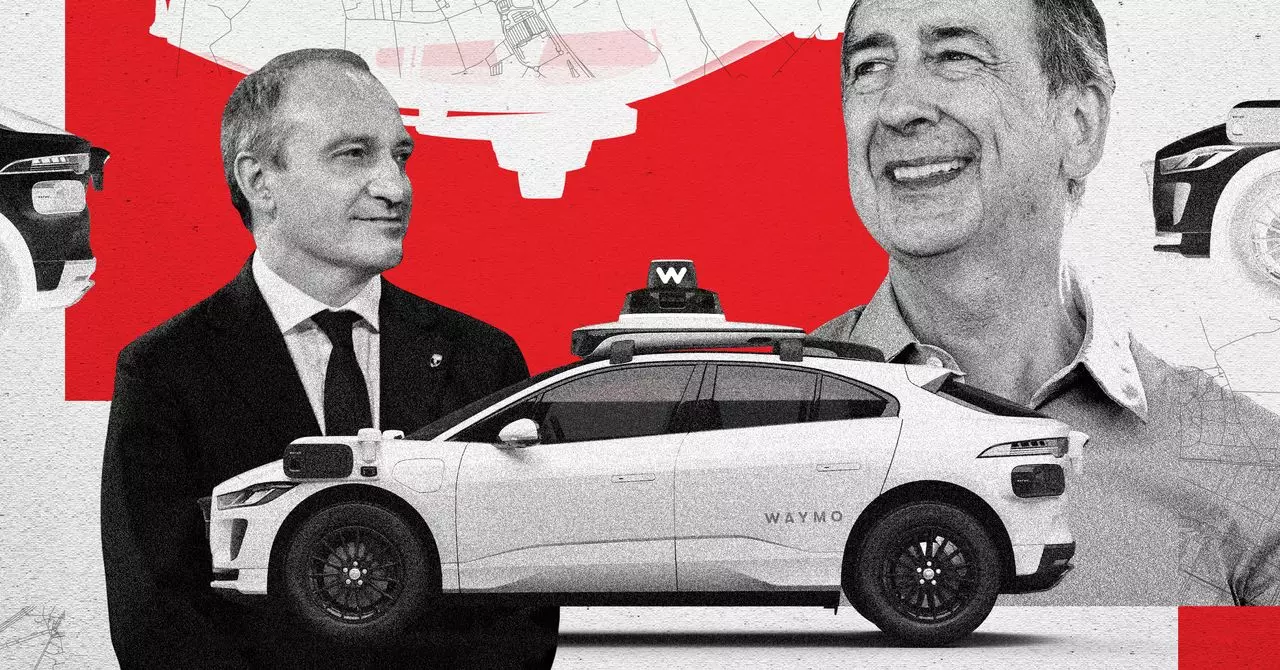Italy stands at a pivotal crossroads in the evolution of transportation technology. While the advancements in autonomous vehicles have gained momentum worldwide, Italy’s approach reflects an ambitious aspiration to not just catch up but to lead in this transformative field. The recent rallying of over 60 Italian mayors around the “Autonomous Driving: Italy in the Front Row” initiative highlights a vital recognition: technology alone cannot drive change—political will and coordinated public policy are fundamental. With local governments actively participating, Italy demonstrates an understanding that regional leadership can catalyze broader national and continental shifts towards smarter, safer, and more inclusive urban mobility.
This movement’s strategic significance lies in its focus on transforming cities—from Milan to Turin— into experimental hubs for cutting-edge autonomous technology. By mobilizing municipal resources and expertise, Italian authorities aim to forge a more integrated and resilient transport landscape. Their recognition that autonomous vehicles could address pressing urban challenges—traffic congestion, pollution, and limited mobility for vulnerable populations—anchors a profound belief in technology’s capacity for social good. Such political backing, if sustained, has the potential to unlock innovative solutions that better serve diverse communities and create smarter cities that adapt to the demands of the 21st century.
Europe’s Regulatory and Investment Challenges—A Call for Action
Despite encouraging political enthusiasm at the local level, Europe’s broader landscape presents considerable hurdles. Compared to the United States, where private firms like Waymo conduct hundreds of thousands of autonomous rides weekly, or China’s expansive network of pilot cities testing vast miles of autonomous driving, Europe’s efforts remain scattered and underfunded. The continent’s fragmented regulatory environment—comprising 27 national frameworks—acts as a barrier to large-scale deployment and cross-border testing. This disjointed approach curtails the momentum necessary for Europe to catch up with global leaders and stifles private investment, which can be a catalyst for rapid technological advances.
In Italy’s case, public funds are spread thinly over numerous small-scale projects that lack the critical mass to generate meaningful progress. The country’s opportunity lies in transforming these micro-projects into a cohesive, nationally supported initiative—leveraging Italy’s rich urban tapestry as testing grounds for autonomous technology. Greater political backing at both national and European levels could streamline regulations, foster investment, and create a unified market that encourages innovation and scalability. Without this, Italy risks falling behind, relegated to the role of a latecomer instead of leading the charge.
The Promise of Autonomous Vehicles for a More Inclusive City
Beyond the evident technological and economic implications, autonomous vehicles carry profound social benefits for Italy’s society. An aging population, gaps in public transportation, and urban congestion are urgent matters requiring innovative solutions. Autonomous technology offers the promise of extending mobility rights to the elderly, disabled, and children—enabling greater independence and improving quality of life. Furthermore, in cities where pollution and traffic pose significant health risks, autonomous vehicles could serve as vital tools for cleaner, more efficient urban environments.
Italian municipalities embracing autonomous driving reflect a forward-thinking commitment to social equity and environmental stewardship. However, realizing this vision demands consistent policymaking, substantial investments, and concerted efforts to develop the necessary infrastructure. The enthusiasm of city leaders and policymakers must be matched by a long-term strategy encompassing regulatory harmonization and funding programs that elevate autonomous mobility from experimental projects to everyday reality. Only then can Italy truly harness the potential of autonomous vehicles to shape a future where mobility is safer, greener, and more accessible for all its citizens.

